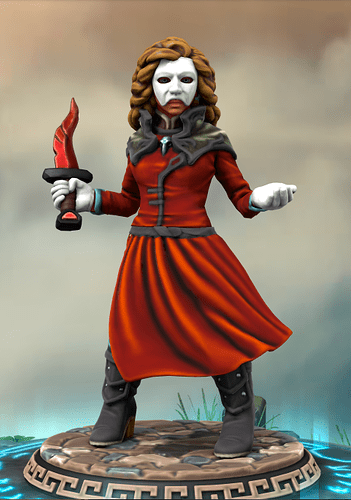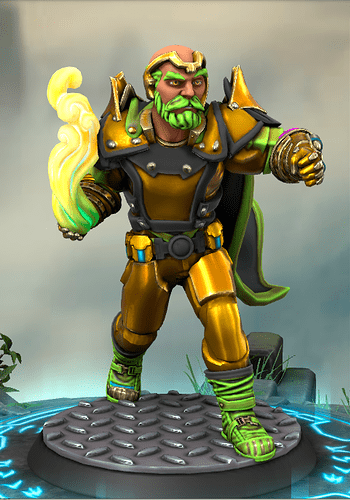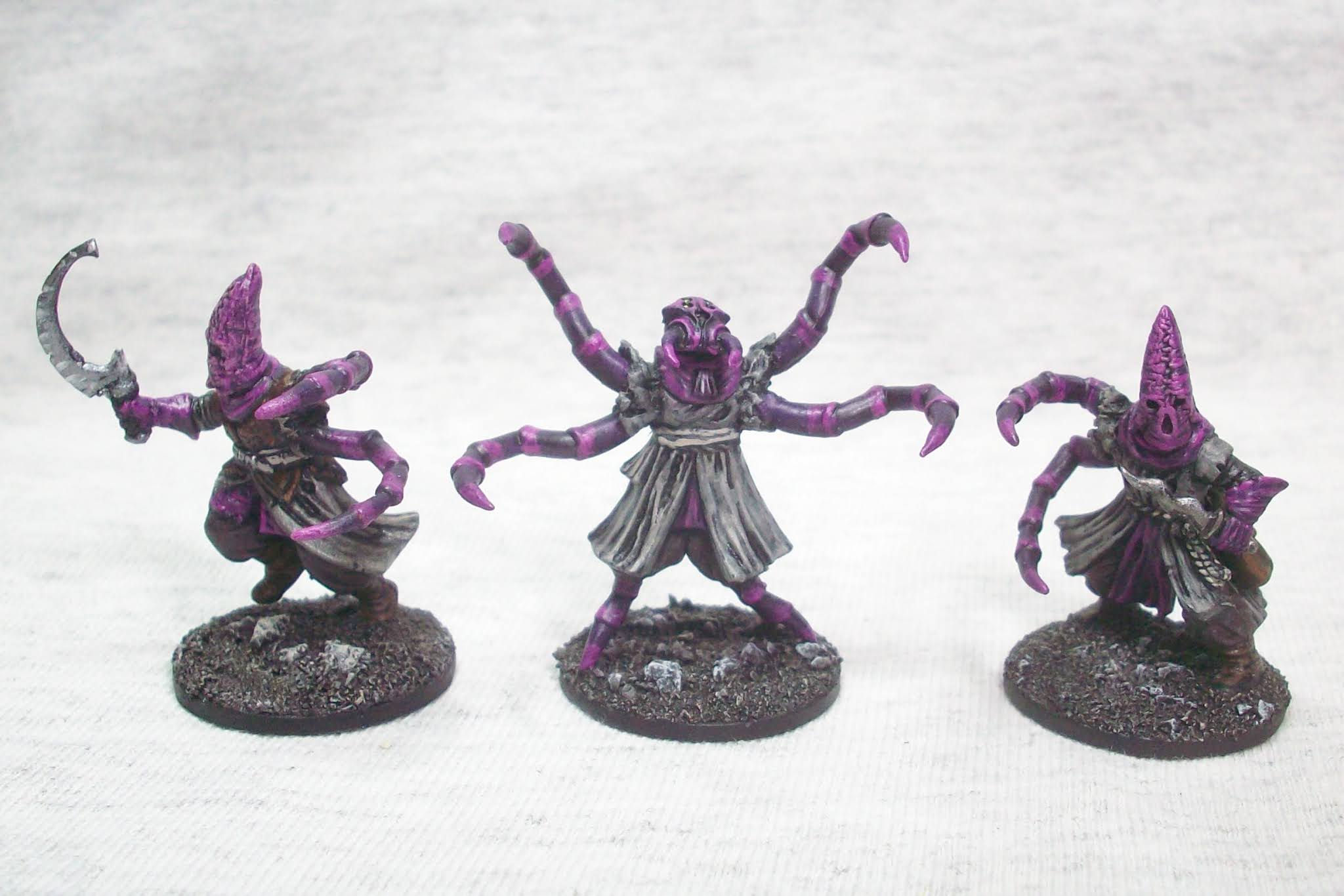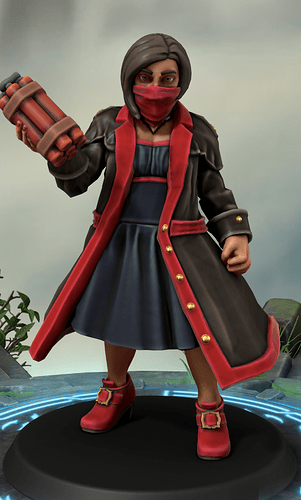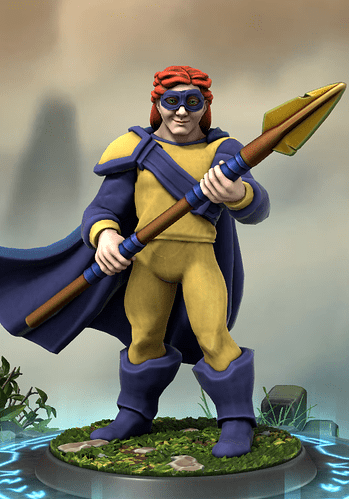Since we’re coming up on the weekend and I have a busy evening (and don’t want to forget again), I’m dropping our next buddy early!
Randomizers:
Approach: 8, 6, 1 [Options: Relentless, Disruptive, Focused, Mastermind, Specialized, Ninja]
Archetype: 5, 3, 3 [Options: Bruiser, Indomitable, Inhibitor, Fragile]
Upgrade: 8, 8, 4 [Options: Villainous Vehicle, Quality Upgrade]
Mastery: 11, 9, 2 [Options: Behind the Curtain, Superiority, Unfathomable]
Scion
Real Name: Emilia Van Horne, First Appearance: Champions of Truth #14, June 1944
Approach: Ninja, Archetype: Fragile
Upgrade: Quality Upgrade, Mastery: Unfathomable
Status Dice: Green d10, Yellow d8, Red d6. Health: 15+5H (Upgraded 35+5H)
Qualities: Stealth d10, Close Combat d10, Investigation d8, Magical Lore d8, Scion of Power d8
Powers: Invisibility d10, Agility d10, Wall-Crawling d8, Awareness d8, Presence d6
Abilities:
-
Assassinate [A]: Attack using Close Combat. Hinder that target using your Max+Min dice.
-
Fade Away [R]: When attacked, Defend yourself by rolling your single Stealth die. Boost yourself with the amount of damage reduced.
-
Curse [A]: Attack using Magical Lore. Then remove all bonuses from that target.
-
Shifting Priorities [A]: Attack using Stealth and use your Max die. If you are at full Health, this Attack deals irreducible damage and cannot be reacted to. If you are in the Green zone but not at full health, Defend yourself with your Min die. If you are in the Yellow zone, Boost yourself with your Min die. If you are in the Red zone, Recover Health equal to your Min die.
-
(U) Quality Upgrade (I): Increase Stealth and Close Combat to d12, and Investigation and Magical Lore to d10.
-
(U) Master of the Unfathomable (I): If you are in a situation involving eldritch and disturbing forces, automatically succeed at an Overcome to do the bidding of a being beyond human concerns.
Common Scene Elements:
-
Summoned Horrors: d8 Lieutenants. When they Attack an enemy, they also apply a -1 penalty due to psychic horror.
-
Civilian Targets: Critical civilians that Emilia is targeting for sacrifice; the heroes must race to save them first.
-
Paid Distractions: Minions or challenges that exist solely to slow the heroes and keep them away.
Despite her popularity, the writers of Greenheart found that it was difficult to create interesting opponents for her that wouldn’t simply end up dead at the end of a storyline. A few attempts were made to create interesting criminal geniuses or Roman champions from her homeland seeking to defeat her and ‘prove’ their ideology superior, but they lacked the charm and wit to be proper foils. In 1944, the writers of Champions of Truth hit on a different approach. Rather than threatening Greenheart with yet another man seeking to oppress women, they created a woman who was everything that Greenheart was not, and who had found a much darker way to live in a man’s world.
Emilia Van Horne was the only child of a wealthy family who could trace their lineage back to the dawn of America. She grew up with every privilege, but one night she learned her family’s dark secret - the nameless eldritch god that they served. Through ritual human sacrifice, the Van Hornes ensured their own prosperity, and Emilia’s firstborn would be the next given up.
Instead, Emilia put together a different plan. She learned the dark magics of her family, and used them to sacrifice her politically-arranged husband on their wedding night. Then she killed her father, took control of the family business, and set about arranging more sacrifices to bolster her personal and societal power. After all, if one death each generation could bring this much wealth, what could she do with more? She targeted the poor and vulnerable, who would not be missed - and when she targeted a young woman working at a munitions factory, planning to cover the death as part of an accident, she came into contact with Greenheart.
Emilia possessed terrible powers that made her a dangerous threat to Greenheart. She could pull the world around her, fading out of existence and slipping into locked places. She could scuttle up walls like a lizard, strike from the shadows, and call up horrific demons inspired by Gothic fictions. In most of her stories, she would be in the middle of a long-form ritual, only for Greenheart to discover it, hunt her down, and defeat her. Each time, she seemingly died, only to be saved by the grace of her dark patron.
Scion’s fourth appearance was a 1948 crossover between Greenheart and the Penitent, in which she indicated that she recognized the latter hero. Whatever thread was planned never came to pass; it was their only interaction in the Golden Age.
Behind the Scenes
Six! Six times in a row that one of those 3d12 spreads rolled doubles! Once I hit the Silver Age, I may add a rule that if I roll doubles there, I reroll the double; it gets oddly limiting to only have two choices.
I wanted a good Greenheart villain, and when I got Ninja and Fragile it created an interesting combination - a villain who is absolutely devastating until you can pin her down, at which point she gets battered to death. Upgraded Scion is much more dangerous, between higher dice and enough health to survive a couple bad turns. In general, she’s utterly devastating in single combat, but vulnerable to being surrounded and found out.
Narratively, we’re leaning on pulp era again, and drawing a little bit on the Lovecraftian (although in 1944, Lovecraft was not yet a particularly popular author, he was just known enough that it’s possible that one of the writers of Scion read a bit of his work and integrated it for this unknowable god.) This also acts as a counterpoint to a more traditionally demonic force in Urak, which combined with the Fomori creates three different styles of dark forces active in the Venture Comics setting. This is probably not an issue in the Golden Age, but it’s going to make for some fun myth-weaving down the line.
